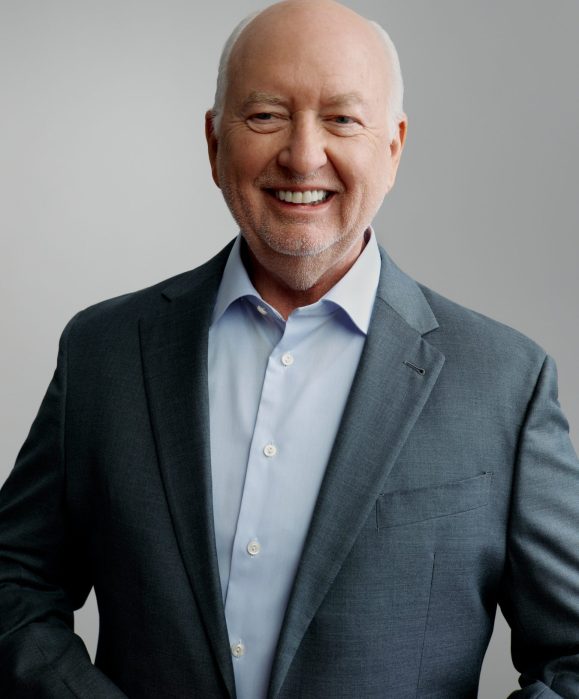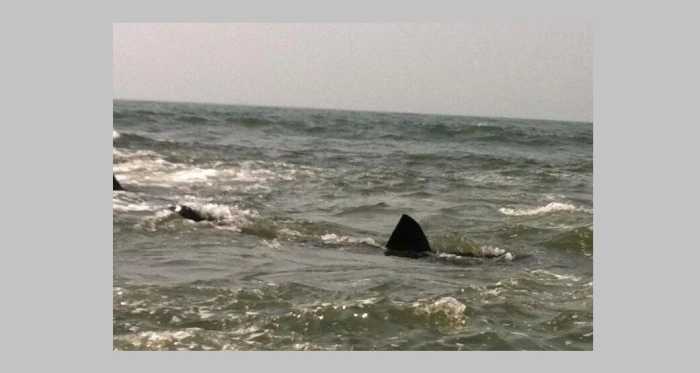 This week, UFC and MMA Fighter Nate “Rock” Quarry visited Long Island’s South Nassau Communities Hospital, where he spoke about a revolutionary spinal procedure called XLIF that helped him get back into the cage.
This week, UFC and MMA Fighter Nate “Rock” Quarry visited Long Island’s South Nassau Communities Hospital, where he spoke about a revolutionary spinal procedure called XLIF that helped him get back into the cage.
Alongside Dr. Michael Shapiro, Chief of Orthopedic Spine Surgery at South Nassau Communities Hospital and actively practices XLIF, Nate Quarry told around 40 attendees, some of which were also suffering from back problems like Nate once did, of his journey from injury to surgery, recovery and stepping back into the cage.
The Long Island Press got a chance to catch up with Nate, a professional UFC fighter who suffered from degenerative disc disease and underwent XLIF spinal surgery in 2006:
“As an athlete and a fighter you get thrown around and your body suffers, I started to feel a lot of back pain, It got so bad at one point I couldn’t even pick up my daughter, who was only about five at the time,” he said.
After being diagnosed with degenerate disc disease, the athlete researched all non-surgical options, but with intense back pain growing greater by the second, he had no choice but to undergo spinal surgery at just 34 years old.
“No one wants to undergo such serious surgery,” he said.
But after hearing about NuVasive and what they had to offer, Quarry said, “it just made sense,” and headed to Las Vegas to undergo the XLIF procedure.
The procedure, XLIF, (eXtreme Lateral Interbody Fusion) from NuVasive® is a minimally disruptive procedure that allows the spinal surgeon to have direct access to the intervertebral disc space from the side of the body as opposed to the usual front or back locations. XLIF is ideal to treat a number of medical cases that include more common back problems like Recurrent Disc Herniation and Degenerative Scoliosis.
They’re many advantages that make this procedure stand out from the rest. For one, a few of the more obvious advantages include a shorter hospital stay and reduced recovery time. Another advantage is the minimal disruptive aspect of the surgery. It’s achieved by only working through one or more small incisions instead of large openings like other spinal surgeries. This also it allows the surgeon to access the spine from the side of the body, which means less soft tissue to have to traverse through to get to the spine.
The XLIF procedure itself is achieved in only around 40 minutes with a few steps.
First, the patient is positioned on his or her side where, an X-ray of the spine is taken. The skin is then marked to indicate the site of incision and a separate small incision will first be made toward the patients back. The surgeon will use his finger through the incision to feel the space in your side through which the instruments will pass and guide the tubular dilators into safe position.
As the tubes are advanced through the muscle on the side of the vertebrae they are helped by nerve monitoring technology to the appropriate spot on the spine. One the tubes are in place, a tissue retractor is advanced over them and help open to provide lighted visibility and access to the disc space.
For the next step, Intervertebral Disc Removal and Preparation, the surgeon prepares the disc space for fusion by making a hole in the outer annulus and removing the cartilage from the ends of the vertebrae to reveal the bone surface.
For the final step of the procedure, the surgeon places a large stabilizing implant into the empty space to restore the proper disc height and support the loads put on that spinal segment. Once it is in position the retractor is removed and final confirmation X-rays are taken to ensure perfection. Finally, the small skin incisions are closed with a few stitches and a bandage.
Following the procedure, patients are known to recover quite easily; many patients go home from the hospital a day or two after surgery.
As far as recovery for Quarry, he assured the Long Island Press that it was indeed a speedy one.
“I was walking within 24 hours,” he said.
Taking home only an almost invisible scar, Dr.Shapiro explained, “The results show very few lines.”
After making a full recovery in record time, the athlete jumped right back into the ring in that very year. Rejoining the UFC in 2007, he proved to be back to his old self, “cornering guys” and achieving two Fight Of The Nights Honors.
Just recently, Quarry and NuVasive introduced a new book, The Better Way Back, an account of 12 XLIF patient’s stories that include his own. The book follows the 12 patients through their individual journeys and the challenges they faced. Along with a book, a website has also been established, thebetterwayback.org, to give comfort to the community of patients with similar conditions through stories of XLIF patients.
As Nate smiles and looks down at the book and what seems to be a beacon of hope to other back patients, he say’s “ I am just thankful I can reach out to others and assure them to expect great results. I wished someone was there when I was getting ready for this surgery and let me know it was going to be ok.” Said Nate.






























